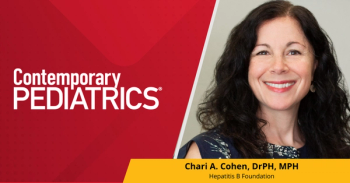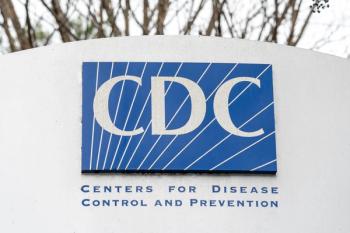Takeaways
- Structured tools work: Embedding EHR prompts and clinician training boosted adherence from 35% to over 80% for low-risk infants.
- Busy visits need support: Streamlined resources help pediatricians deliver guideline-based counseling in time-limited well visits.
- Prevention potential: Widespread adoption of early introduction protocols could reduce peanut allergy prevalence in US children.
Since 2017, the US Addendum Guidelines for the Prevention of Peanut Allergy have encouraged clinicians to introduce peanut-containing foods to infants aged 4 to 6 months to reduce the risk of peanut allergy (PA). Despite these recommendations, clinician adherence has remained low.
Peanut allergy is the most common pediatric food allergy and affects more than 2% of children in the United States. Early peanut introduction can reduce allergy risk by more than 80%, according to previous clinical studies.
To address low adherence, researchers from Northwestern University Feinberg School of Medicine and Ann & Robert H. Lurie Children’s Hospital of Chicago conducted the Intervention to Reduce Early Peanut Allergy in Children (iREACH) Trial. The goal was to determine whether simple educational and electronic health record (EHR) tools could increase clinician adherence to the national guidelines.
Study design
The iREACH trial was a practice-based, cluster-randomized study including 30 pediatric practices in the Chicago and Peoria, Illinois, regions. Sites included federally qualified health centers, private clinics, and academic practices.
Clinics in the intervention group received clinician education through a brief training video, EHR clinical decision support (CDS) prompts, visual handouts for families, and a scorecard to identify severe eczema. Control clinics continued usual care without these tools.
A total of 18,480 infants were seen by 290 clinicians during 4- or 6-month well-child visits. The primary outcome was clinician adherence to the 2017 peanut allergy prevention guidelines, as documented in EHR data.
Clinicians were considered adherent if they:
- Recommended early peanut introduction for low-risk infants (no or mild/moderate eczema and no egg allergy).
- Ordered a peanut-specific immunoglobulin E test, provided counseling, or referred to an allergist for high-risk infants (severe eczema and/or egg allergy).
Key findings
The results demonstrated a significant improvement in adherence among intervention practices:
- Low-risk infants: 83.7% adherence in intervention vs 34.7% in control (OR 14.6; 95% CI, 7.0–30.5; P < .001).
- High-risk infants: 26.8% adherence in intervention vs 10.4% in control (OR 3.1; 95% CI, 1.1–8.8; P = .03).
- Allergist referrals/testing: 36% in intervention vs 10% in control.
Lead author Ruchi Gupta, MD, MPH, professor of pediatrics and medicine at Northwestern University Feinberg School of Medicine and pediatrician at Lurie Children’s, emphasized the importance of structural supports for busy practices:
“We found that supporting pediatricians with training, electronic health record prompts and educational materials for parents significantly improved their ability to counsel families on early peanut introduction,” said Gupta.
She added, “Because pediatric visits at 4 and 6 months are so busy, this support is critical to ensure families receive clear guidance. Our hope is that these conversations will help parents feel confident introducing peanut products early. We want to reverse the trend of increasing food allergies in the United States through prevention.”
Lucy Bilaver, PhD, associate professor of pediatrics at Feinberg and lead statistician for the study, highlighted the use of EHR data. “We were able to measure the primary outcome by making use of the clinical notes and structured data that pediatric clinicians generate during these well-child visits,” she said.
Implications for practice
The findings demonstrate that simple, low-cost interventions can meaningfully improve clinician adherence to evidence-based allergy prevention guidelines.
Implementing standardized prompts within the EHR and providing clear educational materials for families can enhance pediatrician counseling and support timely peanut introduction. These approaches may be especially valuable in busy practice settings where preventive discussions are often condensed.
According to Gupta, “While more work is needed, the success of this intervention supports wider dissemination to prevent peanut allergy in children.”
Long-term outcomes from the iREACH Trial will be tracked until participating children reach 2.5 years of age to determine whether increased clinician adherence results in lower rates of peanut allergy.











